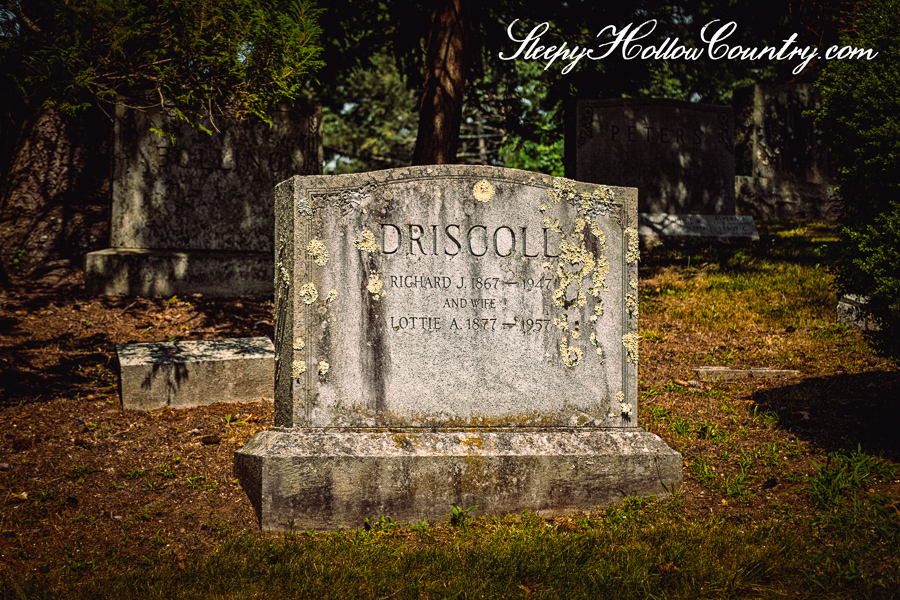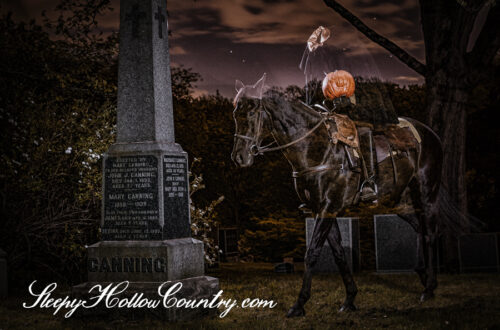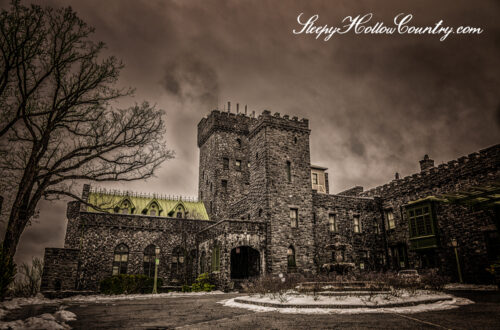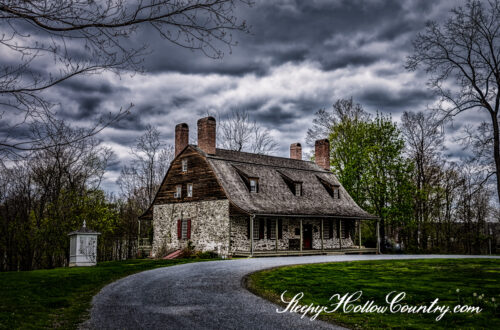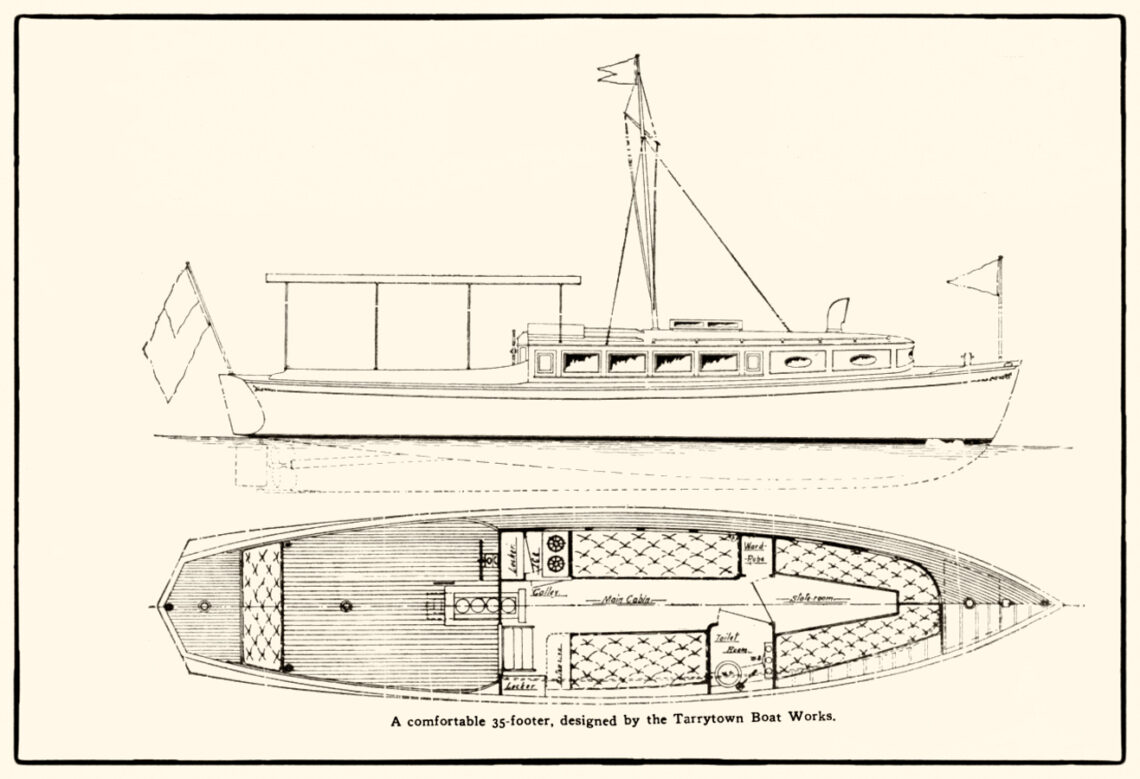
Tarrytown Boat Works
Tarrytown Boat Works was part of a vibrant Hudson River working waterfront during the early years of the 20th century. It was one of at least three boat builders on the Tarrytown waterfront over the years, including local powerhouses John O. Brown and Julius Petersen. While traces of any local boat builders are hard to find 100 years later, we dug deep into the archives to piece together this brief history of Tarrytown Boat Works. Sadly, we have not been able to track down any surviving watercraft from this shop.
What we know for sure is that the business was incorporated in 1910. The annual report from the New York State Treasurer to the State Senate shows Tarrytown Boat Works paid tax on organization of a corporation in the last quarter of that year. It was apparently still in operation a decade later when The Rudder Marine Directory, a trade list of shipbuilding and marine industries, listed it as a going concern in its 1920 edition. After that year the business disappears from historic records.
Contents
Tarrytown Boat Works Cruisers
Advertisements in several consumer publications show that Tarrytown Boat Works built cabin cruisers for well-to-do clientele and smaller, faster runabouts for day use. They featured stock designs and also built to custom specifications.
A paid advertisement in the March 1912 issue of Yachting magazine described the operation:
“The Tarrytown Boat Works of Tarrytown, N.Y., builders of cruisers and runabouts in stock models and built-to-order boats, from 25 to 60 feet in length, have added two new boats to their line this year, a 35 and 40-foot bridge-deck cruisers. The Tarrytown standard of construction calls for white oak frames, cedar planking and copper fastening. Their cruisers have a speed of from 10 to 12 miles an hour and runabouts from 15 to 20 miles. Any type of motor will be installed at the option of the owner. The Tarrytown Boat Works guarantee first class material and workmanship. And up-to-date design, at as moderate a price as is consistent with good work.”
Yachting, March 1912.

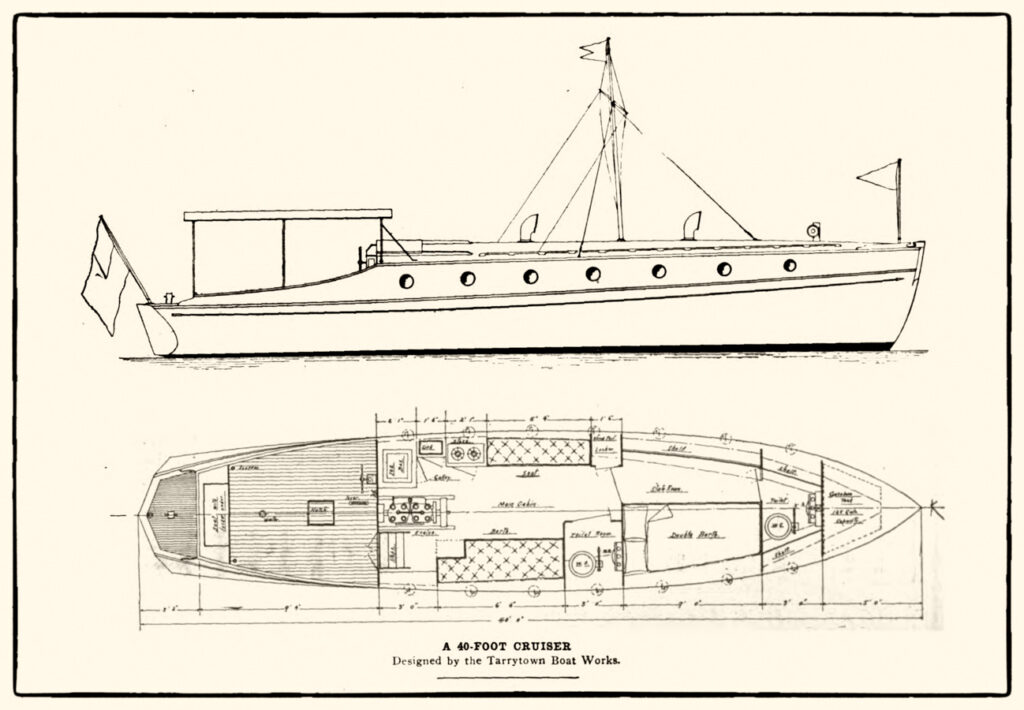
Location on the Waterfront
A full page advertisement in the March 1911 issue of Motor Boating magazine gave the address for Tarrytown Boat Works at 200 Main Street, one block from the New York Central Rail Road depot. That address is corroborated by an entry in Turner’s Hudson River Directory 1912-1913 edition. Main Street at that time ended at the Tarrytown-Nyack ferry dock on the west side of the rail road tracks where the trolley line from White Plains dropped off and picked up passengers.
The early 20th century waterfronts in Tarrytown and Sleepy Hollow looked very different from today’s public parks and high-end residential developments. It was a bustling commercial and manufacturing district with multiple coal and lumberyards, a gas and oil terminal, and factories manufacturing rock drills, automobiles, wall paper, and underwear. On Josephine Street, a block north, the Holt-Lyon Company manufactured a variety of hand-powered kitchen appliances like cream whips and egg beaters, bread slicers, and mayonnaise mixers.
Below is a section of a 1914 map to Tarrytown’s waterfront by G.W. Bromley & Co. showing the former terminus of Main Street. Although Tarrytown Boat Works isn’t named, its location one block from the rail road station places it on the south side of the peninsula between the tracks and Odell Coal Yard.
The present shoreline differs greatly due to landfill. For a modern perspective, the Tarrytown Rod & Gun Club docks on the right are under the present tennis courts at the Tarrytown recreation center while the Standard Oil tanks at the intersection of Josephine Street and the railroad tracks have been replaced by the clubhouse for Hudson Harbor. After accounting for years of landfill, the Tarrytown Boat Works would likely have been located somewhere between today’s RiverMarket Bar & Kitchen and the roundabout at the entrance to River Walk Park.
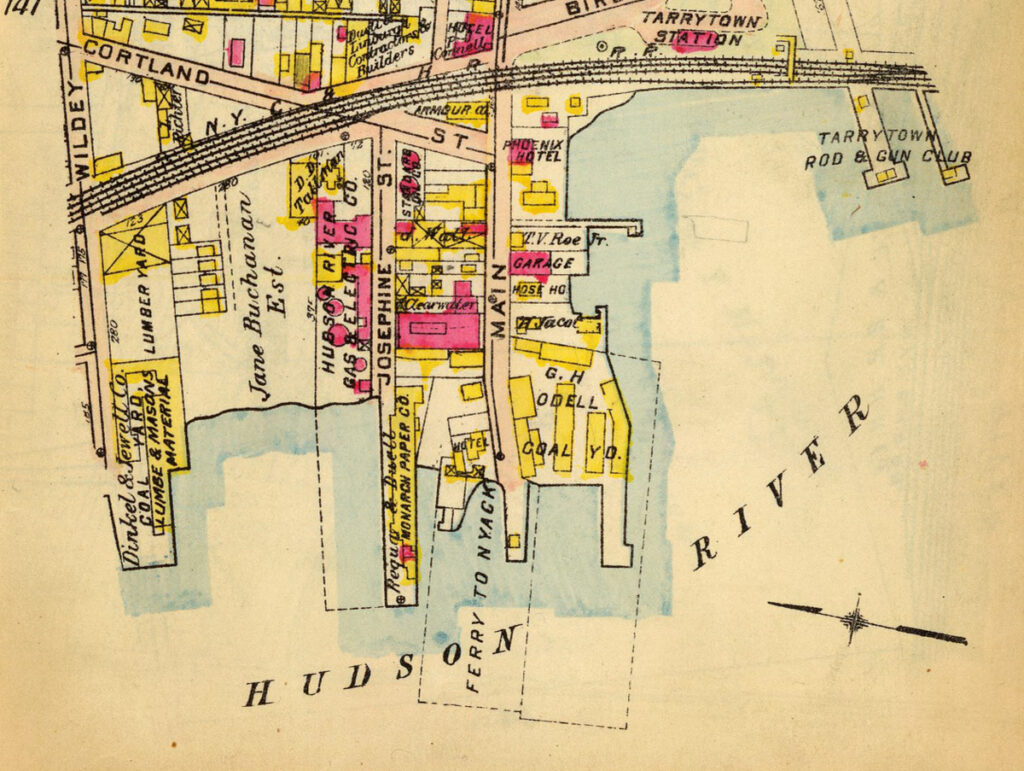
Origin of Tarrytown Boat Works
The person behind the business is a bit of a mystery. Let’s take a look at the several contenders.
Prior to Tarrytown Boat Works incorporating and setting up at 200 Main Street, John O. Brown built boats at and around same address for many years. The 1912 issue of Lloyd’s Register of American Yachts lists the two businesses separately, indicating that they were distinct entities even if they possibly shared space.
John Brown’s yard appears to have changed hands before the year 1900. According to a September 1939 article in The Daily News of Tarrytown, Richard J. Driscoll was a yachtsman and designer and builder of racing motorboats. It noted “In the early 90s he purchased the old John Brown boat-building plant off West Main Street and turned out several boats there.” This may be why we see concurrent mention of both Brown and Tarrytown Boat Works. The article continues “With Dr. Townsend V. Roe and Dr. Robert Green, Mr. Driscoll organized the Tarrytown Yacht Club in 1894, occupying the building which formerly housed the Tarrytown Rod and Gun Club.”
The mention of Townsend V. Roe introduces another potential name behind the Tarrytown Boat Works. Advertisements in boating trade magazines of the early 1900s show a brisk business in new and used boat motors by a T. V. Roe of Tarrytown. Advertisements under the name T. V. Roe, Jr. also listed boats for sale. It is conceivable the T. V. Roe property and dock on West Main Street, adjacent to the Brown yard, were in some way associated with the Tarrytown Boat Works.
Townsend Veritas Roe
Who was T. V. Roe? In nearby Sleepy Hollow Cemetery there are two individuals bearing the name T. V. Roe. Both of whom, to paraphrase Kenneth Grahame, spent considerable time messing about in boats.
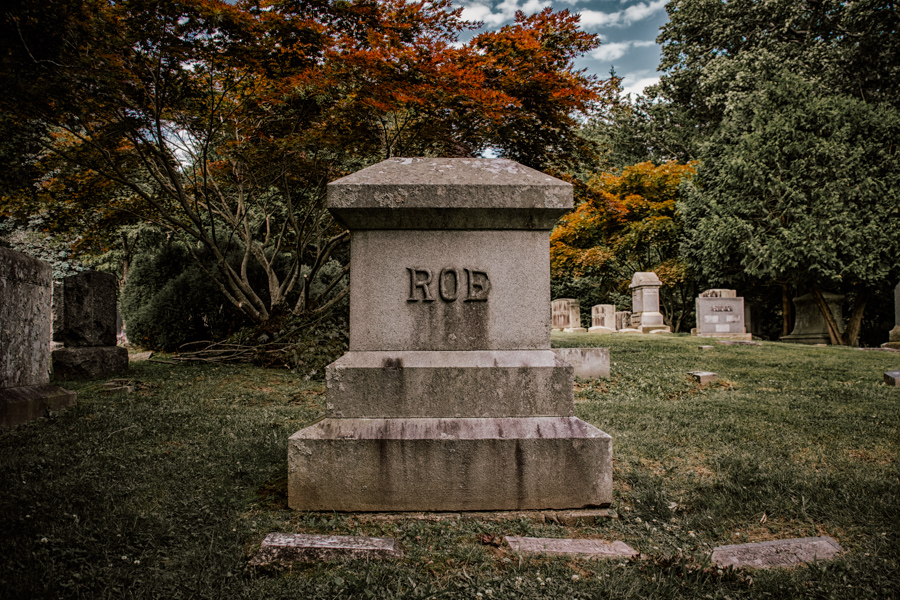
Townsend Veritas Roe was a well regarded dentist in Tarrytown, with an association with Bellevue Hospital in New York City. He was in dental practice with his wife Ermina, a graduate of Philadelphia Dental College and Garretson Hospital of Oral Surgery. Townsend was a member of the Tarrytown Yacht Club and was appointed harbormaster of Tarrytown by the governor of New York State.
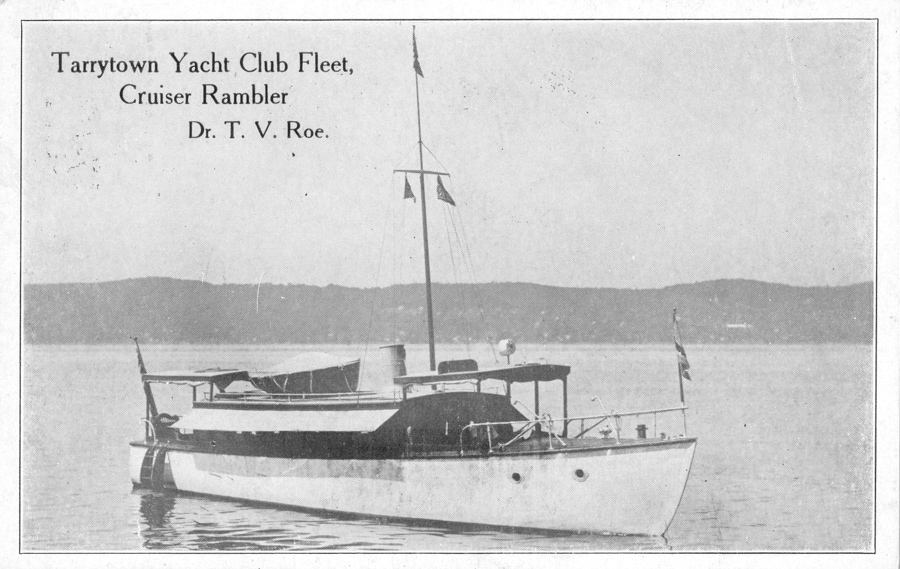
The elder Roe’s affinity for boats occasionally made the newspapers. In a column of news from Tarrytown, the June 11, 1905 edition of the New-York Daily Tribune reported “Dr. Townsend V. Roe’s houseboat, the Nautilus, was discovered in a sinking condition about 3 a. m. Wednesday. Dr. Roe started a gang of men at work pumping her out, but it was no use and she sand to the bottom. The cause of her sinking is a mystery, and Dr. Roe has send for a wrecking crew to raise the boat.” A year later the boat was up for sale.
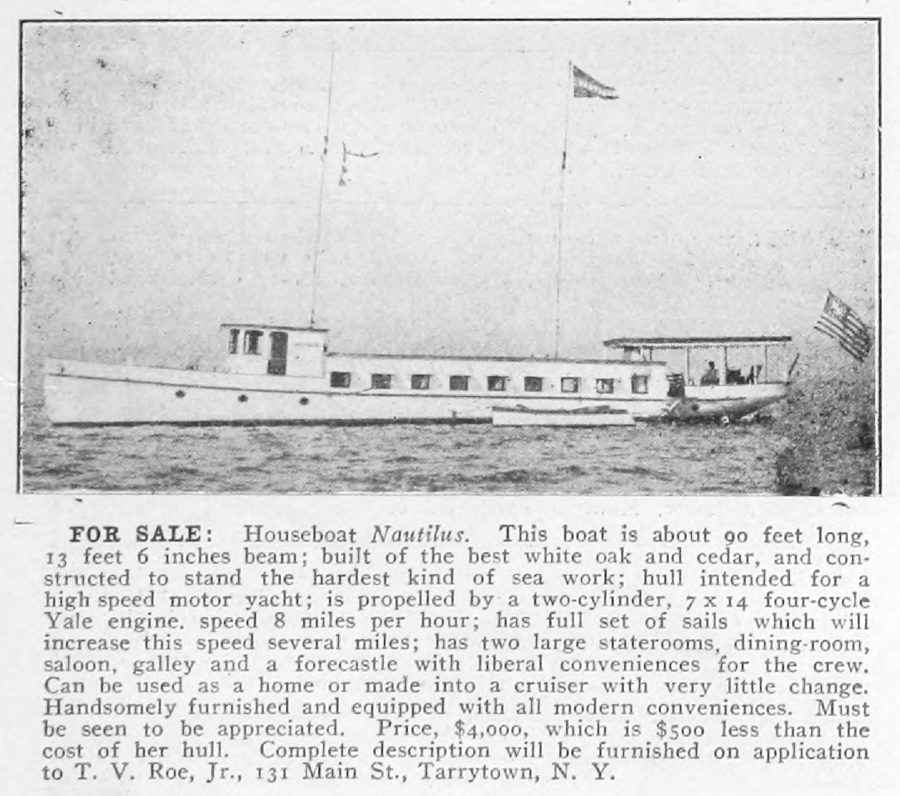
In the 1910 census Townsend Veritas Roe, Jr. is described as “expert, gas engines”. An October 4, 1912 article in The Irvington Gazette suggests the younger Roe had sufficient equipment to run recovery operations on the river. The unnamed journalist found amusement in comparing Junior’s recovery of a burned boat to Senior’s dental practice: “Townsend V. Roe, Jr., has the contract for getting the remains of the recently burned motor boat out of the Hudson river. It went down out near the lighthouse. The junior found it no easy tooth to extract, but he will do it, no matter how much pulling it takes, if not already lifted.”
Roe, Jr. had the experience and the location on the waterfront to have been the person behind Tarrytown Boat Works. However, that leaves us with the same overlap of operations we saw with the John Brown boat yard—Roe’s own yard operated concurrently with Tarrytown Boat Works. That brings us back to Driscoll.
Richard J. Driscoll
As we mentioned earlier, Richard J. Driscoll was a Tarrytown businessman who was also a yachtsman and designer and builder of racing motorboats. Like the Roes, Driscoll seems to have bought and sold boats with some regularity, as in the 1908 advertisement below. While ’08 predates the founding of Tarrytown Boat Works, it demonstrates Driscoll was familiar with the sales side of boat construction.
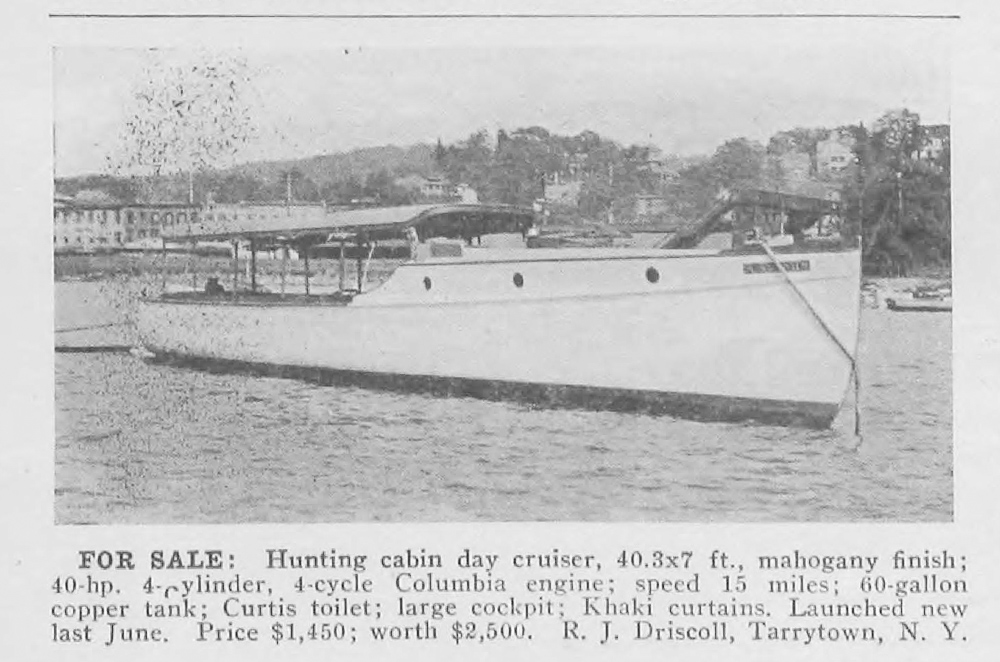
Driscoll had a number of other businesses as well. Turner’s Hudson River Directory for the years 1902-1903 lists his home address at 22 Orchard Street in Tarrytown along with a business listing at the same address for Driscoll’s Coffee Roasting Depot. In 1913 he built the Hygeia Ice Plant on Division Street in Tarrytown. He operated the ice plant until 1922 when he sold off his Tarrytown businesses and retired to an orange grove in Florida. This timing coincides with the disappearance of Tarrytown Boat Works, circumstantial evidence for Driscoll’s ownership.
Driscoll retained ties to the area, purchasing a building lot in 1939 in Tarrytown’s Tappan Landing housing development with the intention of constructing a home overlooking the Hudson River. He died on December 12, 1947 and was buried in Sleepy Hollow Cemetery.
